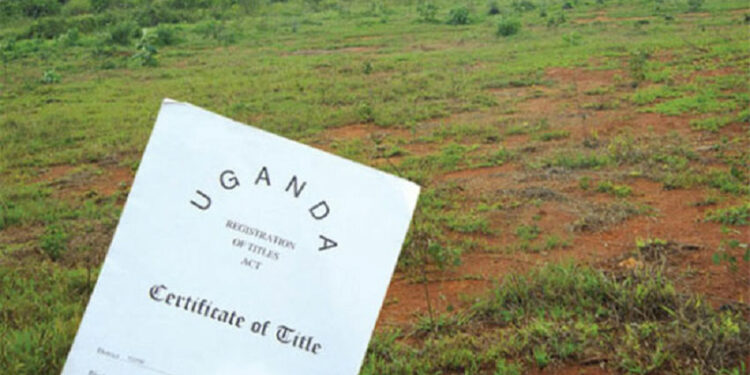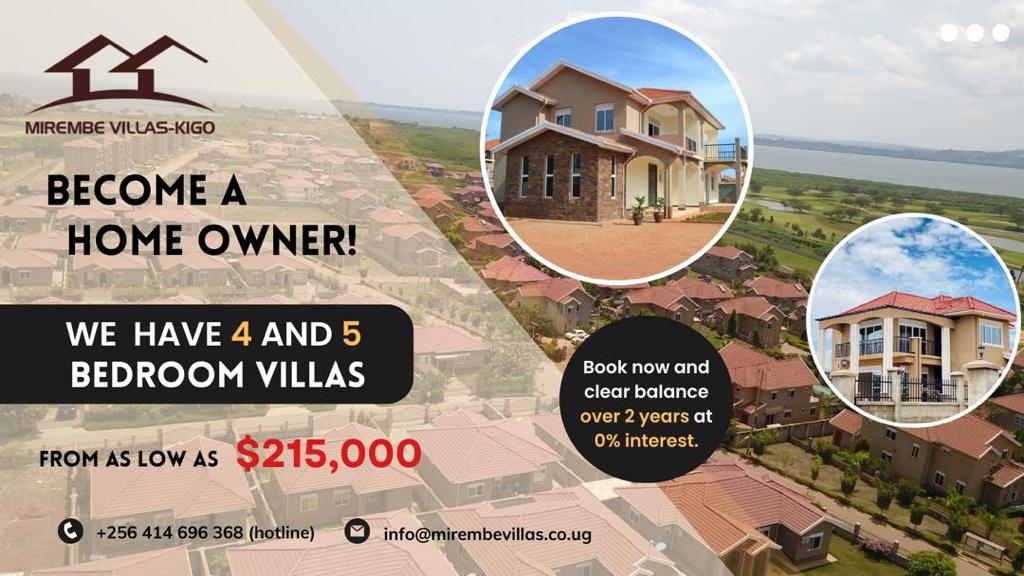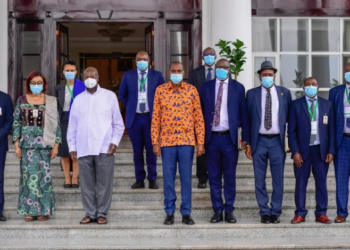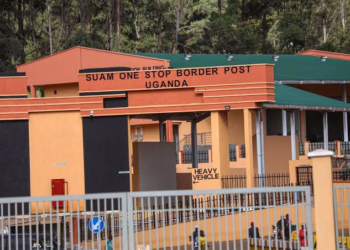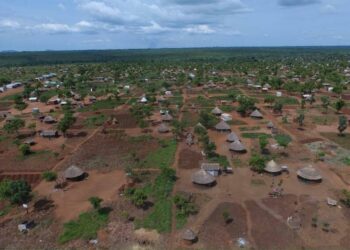Comprising of 351 pages, the 2024 census final report had it’s authors go a long way to demonstrate the level of accomplishment and quality of life majority Ugandans are living.
Access to and ownership of land is one of the proxy indicators the census report authors leveraged to paint a picture. The report, in some part, reflects on the number of people in each of the country’s statistical sub regions who own the land on which they live, work or operate from. 33% of adults living in rural areas own land compared to urban Ugandan areas where only 24% own some land.
In rural areas, you have 13.5m adults aged 18 and above of whom 9m (or 67%) don’t own any land at all. In comparison, urban Uganda, which has 8.7m people dwelling there, has 6.6m (or 76%) of them owning no land at all.
When it comes to sub regions, Kampala City has 956,355 adults aged 18 and above dwelling there of whom 806,138 or 84% own no land at all.
The report shows that of the 9.72m of Uganda’s male adults aged 18 years and above, 6.2m or 63% do not own land at all. Only 3.6m or 37% do. When it comes to female adults (aged 18 & above), they number 12.5m of whom only 3m or 24% own land. A whopping 9.5m or 76% don’t own any.
Still on this same welfare proxy indicator, the problem of landlessness is more pronounced among urban dwellers than among the rural population.
Among the 5.5m adults in Buganda, 4.4m or 80% own no land at all. And the following is how other sub regions fair: Busoga has 2,044,906 adults 1.5m or 78% of whom are landless and Bukedi has 1,118,350 adults of whom 830,453 or 74% are landless.
Bugisu’s adult population is at 943,455 of whom 640,796 or 68% are landless; Sebei has 184,430 adults of whom 65% is landless; Teso has 1,140,233 adults of whom 63% are landless; Karamoja has 642,806 adults of whom 59% are landless; Lango has 1.3m adults of whom 54% are landless and Acholi has 996,397 adults 63% of whom are landless.
Landlessness among adults in other statistical sub regions stands as follows; West Nile 66%, Madi 70%, Bunyoro 72%, Tooro 64%, Rwenzori 64%, Ankole 65% and Kigezi 56%.
Among the uneducated Ugandans, landlessness stands at 72%, primary school dropouts at 65%, among those who completed primary 67%, among those with some secondary education 77.4% and among those who completed secondary 77.3%. And among children aged 10-17 years, land ownership is at 4.2% for males and at 3.6% among female ones.
Among the youths aged 18-30 years, land ownership is at 21% among males and 14% among females. Children become land owners mainly through bequeathment and inheritance. Among older persons (aged 60 and above), land ownership is at 61% among males and 44% among females.
The different population groups who the census enumerators assessed regarding land ownership as a welfare proxy indicator totalled up to 22,234,988 of whom only 6.6m or 30% owned land. A whopping 15.6m or 70% don’t own any.
As UBOS governing board chairman Dr. Albert Byamugisha has suggested, this though-provoking data and statistics ought not to dispirit the leaders and decision-makers of this country but to only guide them onto the journey of evidence-based decision-making while designing the appropriate interventions aimed at mitigating the situation.
Do you have a story in your community or an opinion to share with us: Email us at editorial@watchdoguganda.com


